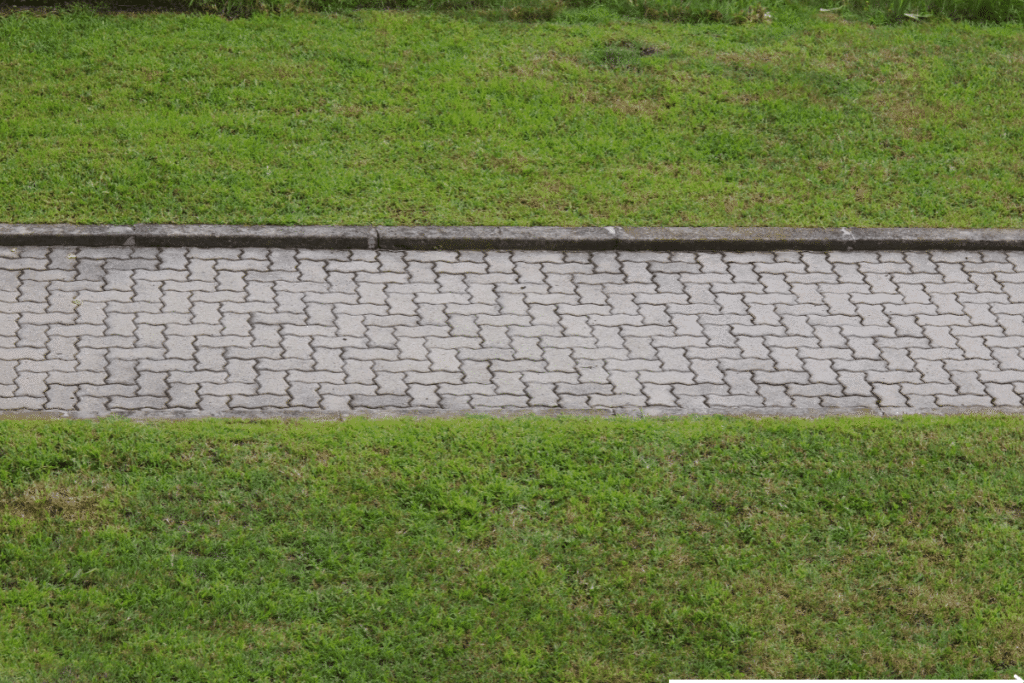
Navigating property lines can be tricky, especially when it comes to sidewalks. You might assume that the sidewalk in front of your house is part of your property, but that’s not always the case. Understanding who owns and maintains sidewalks is crucial for avoiding potential disputes and ensuring everyone’s safety. This article will delve into the complexities of sidewalk ownership, outlining the factors that determine responsibility and providing guidance on how to clarify any uncertainties.
This comprehensive guide will explore the fundamental principles of sidewalk ownership, differentiate between homeowner and public sidewalks, and highlight the importance of local ordinances and regulations. We’ll also discuss strategies for determining sidewalk responsibility and emphasize the value of seeking legal advice when needed.
Sidewalk Ownership Basics
Sidewalks are essential pathways that connect homes, businesses, and public spaces. They facilitate pedestrian movement, enhance accessibility, and contribute to a vibrant community atmosphere. However, the ownership and maintenance responsibilities associated with sidewalks can vary significantly depending on location and local regulations.
Generally, homeowners own their property lines, which extend to the edge of the sidewalk bordering their property. This means that homeowners are typically responsible for maintaining the area between their property line and the curb or street edge. However, the ownership of the sidewalk itself often lies with the local government or municipality.
Homeowner vs. Public Sidewalks
Distinguishing between homeowner-owned and public sidewalks is crucial for understanding responsibilities. Homeowners are typically responsible for maintaining the area between their property line and the curb, including clearing snow and ice, repairing cracks and uneven surfaces, and addressing any hazards that could pose a safety risk to pedestrians.
Public sidewalks, on the other hand, are owned and maintained by local governments or municipalities. These entities are responsible for ensuring the safety and accessibility of public sidewalks through regular inspections, repairs, and maintenance activities. Homeowners may be required to obtain permits from their local government before making any alterations or improvements to public sidewalks adjacent to their property.
Local Ordinances and Regulations
Local ordinances and regulations play a vital role in defining sidewalk ownership and responsibilities. These legal frameworks provide specific guidelines on who is responsible for maintaining, repairing, and clearing sidewalks within a particular jurisdiction.
Homeowners should familiarize themselves with the local ordinances governing sidewalk maintenance in their area. This information can often be found on the website of their city or county government or by contacting the relevant department directly. Understanding these regulations can help homeowners avoid potential fines or legal disputes related to sidewalk upkeep.
Determining Sidewalk Responsibility
When it comes to determining sidewalk responsibility, several factors come into play. The location of the property, the type of sidewalk (concrete, asphalt, brick), and any existing easements or agreements can all influence ownership and maintenance obligations.
In some cases, a survey may be necessary to clearly define property lines and determine which party is responsible for maintaining the sidewalk in question. Consulting with a real estate attorney or surveyor can provide valuable insights and help resolve any ambiguities regarding sidewalk ownership.
Legal Advice for Clarity
If you have any doubts or uncertainties about sidewalk ownership or responsibility, seeking legal advice from a qualified attorney is always recommended. A legal professional can review relevant local ordinances, property documents, and other pertinent information to provide clear guidance on your specific situation.
Consulting with an attorney can help protect your interests, ensure compliance with local regulations, and prevent potential disputes with neighbors or local authorities.
Conclusion
Understanding sidewalk ownership and responsibility is essential for maintaining safe and accessible public spaces. While homeowners typically own the area between their property line and the curb, public sidewalks are generally owned and maintained by local governments.
Consulting local ordinances, seeking legal advice when needed, and fostering open communication with neighbors can help ensure a harmonious and well-maintained sidewalk environment for everyone. Remember, clear understanding and responsible maintenance contribute to a safer and more enjoyable community for all.
